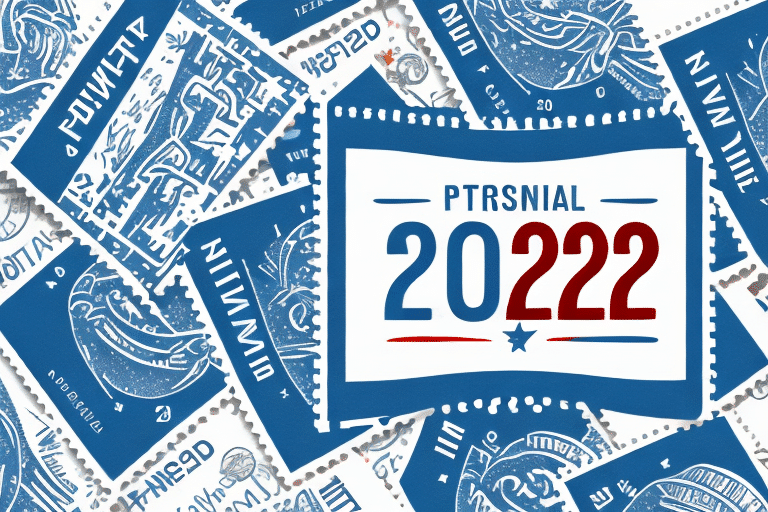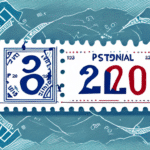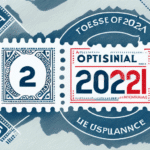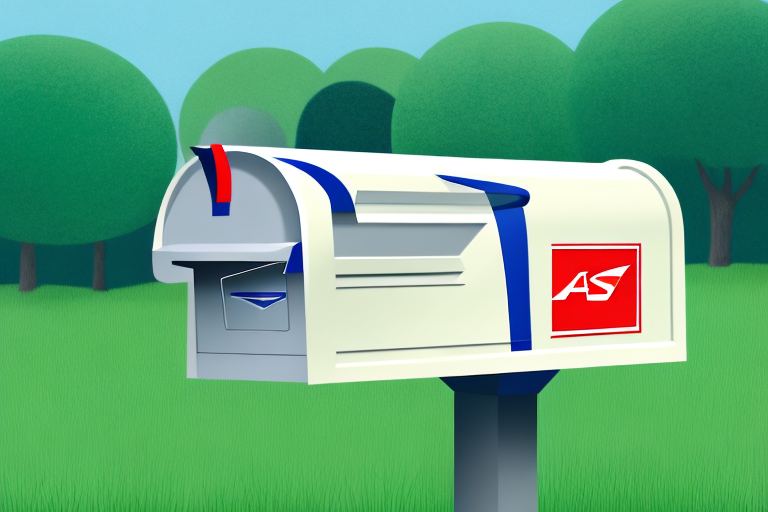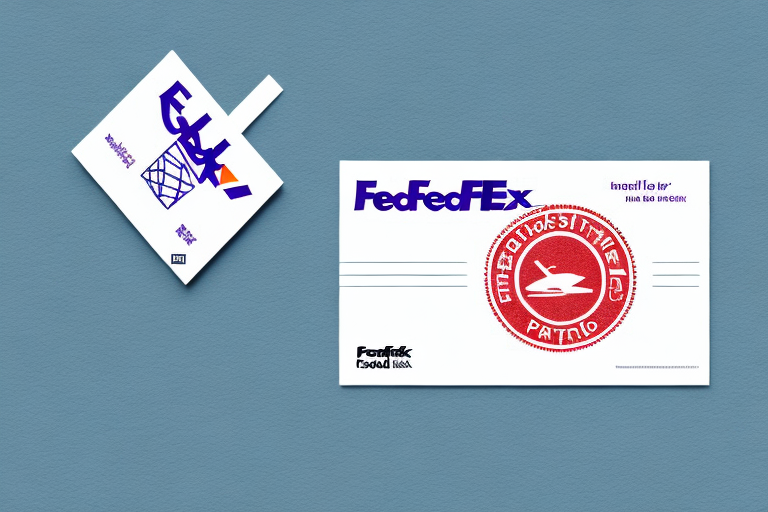Postage Rates Increase in 2023: What You Need to Know
In 2023, the United States Postal Service (USPS) implemented a significant postage rate increase affecting both businesses and consumers. This change was driven by the need to maintain financial stability amid rising operational costs and declining mail volumes. This article delves into the various aspects of the 2023 postage rate hike and its implications for different stakeholders.
Understanding the 2023 Postage Rate Hike
Effective January 2023, USPS announced an average postage rate increase of approximately 6.9%. Specifically:
- First-class letters rose to 58 cents, a 5-cent increase.
- Postcards increased to 40 cents, up by 3 cents.
- Priority Mail rates also saw notable hikes.
This marks the first rate increase in several years, with projections indicating stability in these rates through 2026.
The USPS faces significant financial challenges, including declining mail volumes due to the rise of digital communication and increased competition from private carriers like FedEx and UPS. The rate hike aims to offset these challenges, ensuring the continuity of reliable mail services. However, critics argue that increased costs may further discourage the use of traditional mail, potentially exacerbating the decline in mail volumes.
Impact on Small Businesses
Increased Operational Costs
Small businesses that rely heavily on mailing services for invoices, marketing materials, and product shipping will face higher overhead costs. According to a Nasdaq report, such increases can significantly affect profit margins, potentially leading to budget cuts or even layoffs.
Customer Pricing and Sales
To accommodate higher postage costs, businesses might raise their prices, which could deter customers and reduce sales. This ripple effect can negatively impact a business's revenue and competitiveness in the market.
Mitigation Strategies
- Adopting digital communication methods like email invoicing and online marketing to reduce reliance on physical mail.
- Negotiating bulk mailing discounts with USPS or exploring alternative shipping providers.
- Implementing cost-tracking measures to monitor and manage shipping expenses effectively.
Strategies for Mitigating Postage Rate Increases
Switching to Digital Communications
Embracing electronic communication can significantly reduce mailing costs. Transitioning to email newsletters, digital invoices, and online payment systems can help businesses adapt to the changing landscape.
Bulk Mailing Discounts
USPS offers bulk mailing discounts for businesses that meet certain criteria. By consolidating mailings and meeting volume requirements, businesses can take advantage of lower postage rates. More information can be found on the USPS Business Pricing page.
Alternative Shipping Services
Exploring services from other carriers like FedEx and UPS may provide more competitive rates, especially for larger packages. Comparing different providers ensures businesses can choose the most cost-effective option for their needs.
Historical Context of USPS Rate Increases
The USPS has periodically adjusted postage rates to reflect changing economic conditions. For instance, in 2006, the first-class postage rate increased from 39 cents to 41 cents, and the most recent prior increase was in 2019. While the 2023 increase is substantial, it is part of a long-term strategy to sustain USPS operations amidst evolving market dynamics.
In recent years, USPS has also implemented cost-saving measures such as reducing delivery days and consolidating processing facilities. Additionally, the introduction of new services like package delivery and customized stamps has helped diversify revenue streams.
Economic Impact on Industries and Consumers
Effect on Consumers
Higher postage rates can lead to increased prices for mail-order goods and services. According to a study by the Economist, these costs often translate into higher prices for consumers, affecting purchasing decisions and overall consumer spending.
Impact on Specific Industries
- Publishing Industry: Increased mailing costs can result in higher subscription prices for books and magazines, potentially reducing subscriber numbers.
- Non-Profit Organizations: Direct mail campaigns are essential for fundraising. Higher postage rates may limit the reach and effectiveness of these campaigns, impacting fundraising efforts.
Factors Influencing the Rate Increase
Financial Stability
The USPS's financial health is a primary driver behind postage rate adjustments. With operational costs rising and mail volumes decreasing, rate hikes are necessary to ensure the continued provision of services.
Labor and Transportation Costs
Rising labor costs, including wages and benefits for over 600,000 USPS employees, and increased transportation expenses contribute significantly to the need for higher postage rates.
Technological Adaptation
As communication shifts towards digital platforms, USPS must adapt by investing in new technologies and services, which requires additional funding.
Expert Opinions on the Postage Rate Hike
Industry analysts largely agree that the rate increase is a necessary step for USPS's sustainability. According to a report by Forbes Business Council, while raising rates is essential, USPS must also address underlying issues such as operational inefficiencies and explore innovative service offerings to remain competitive.
However, some economists caution that without a comprehensive strategy, continued rate hikes could further erode USPS's customer base and financial stability.
Political and Policy Considerations
The decision to increase postage rates is intertwined with broader policy discussions surrounding the role of USPS in a digital age. Legislative actions, such as the Postal Service Reform Act, aim to strengthen USPS's financial position while balancing public service obligations.
Global policies, including guidelines from the Universal Postal Union (UPU), also influence USPS's rate decisions, especially concerning international mail services and agreements.
Conclusion
The 2023 postage rate increase by USPS is a significant development with far-reaching implications for businesses and consumers alike. While necessary for the financial sustainability of the postal service, the hike presents challenges that require proactive strategies. By adopting digital solutions, negotiating favorable shipping rates, and staying informed about policy changes, stakeholders can effectively navigate the evolving postal landscape.













